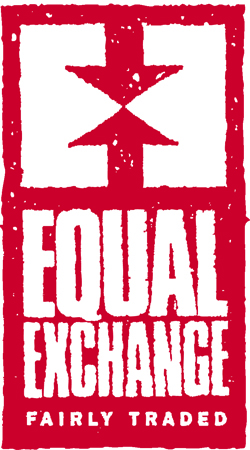New Threats to Fair Trade: Reflections from a Pioneer
The following is the first of three parts of a speech about the current threats to Fair Trade by Rink Dickinson, co-founder and co-president of Equal Exchange, given at a Fair Trade conference of the InterReligious Task Force on Central America, on October 22nd in Cleveland, Ohio.
* * *
I want to thank IRTF for the opportunity both for myself and for Equal Exchange to be sharing some of our thoughts on the current crisis in fair trade. For Equal Exchange the InterReligious Task Force on Central America is an extremely important ally. We share a common history with IRTF in terms of our roots and our inspirations. And both of us have been at this for quite some time showing up fighting for the right thing and most of the time fighting upstream. We applaud you for your work showing up month to month, year to year and now decade to decade. Your work is vital. We need citizen involvement to have any type of world that we will want to live in and pass on to future generations. We need this involvement for our politics and social development in the U.S., for politics and social development in Central America and we need this involvement to have any hope of a live real authentic fair trade movement that connects small producers in the south with consumer/citizens in the U.S. IRTF is a model of that type of involvement and one that needs to spread to other U.S. cities and communities.
I want to cover several topics today. First, I want to share some of the root DNA that I believe was put into Equal Exchange from the beginning by Jonathan, Michael and me as founders because I believe that DNA has directly led to Equal Exchange having the success we have had and because I believe we can build more successful organizations and movements if we share our learning. Because we are moving rapidly towards a time where all kinds of products will claim to be fair trade due to the weakening and betrayal of fair trade, we as activists need to build our skills to understand how trade works and what we think real fair trade looks like. With this goal, I want to examine two supply chains: the amazingly successful small farmer coffee supply chain which activists, consumers, alternative traders, fair trade certifiers and commercial companies built over the last twenty five years and its cousin, the weak, poorly articulated, small farmer tea supply chain that Equal Exchange has also spent over a decade trying to build. By examining these supply chains and bearing in mind the ones we don’t have time for today such as chocolate and bananas I believe it will become more clear what authentic fair trade looks like. Finally, I will try to share some of our thinking about what we need to do next in this time when fair trade has been first weakened and then betrayed. Continue reading Rink Dickinson's speech about the current state of Fair Trade on Equal Exchange's "Small Farmers. Big Change" blog. EE18918


